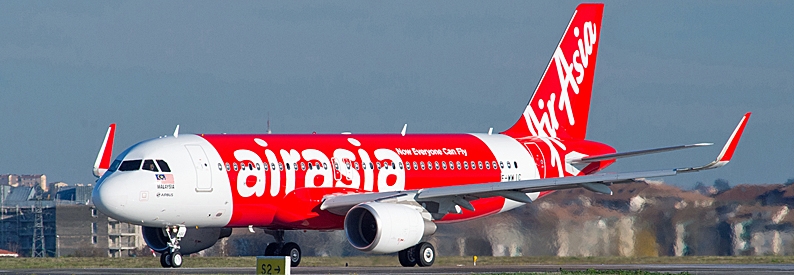AirAsia Shifts Routes from Subang to Kuala Lumpur

AirAsia, a leading low-cost carrier in Southeast Asia, will end all flights from Kuala Lumpur Subang airport on April 7, 2025, and shift operations to Kuala Lumpur International Airport (KLIA). The move is aimed at optimizing operations and meeting increasing passenger demand amid evolving travel trends.
In a statement released on March 6, AirAsia explained that after resuming services at Subang in August last year, the airline carefully reviewed passenger trends and operational needs. The analysis showed that KLIA Terminal 2 offers a better platform for efficiency and service quality. Although Subang airport has been convenient, especially for city-bound travelers, its ongoing redevelopment to support future growth will take additional time.
Currently, AirAsia operates two daily flights from Subang to Kota Kinabalu and Kuching. Passenger numbers on these routes have grown by 16% year-on-year, prompting the airline to consolidate operations at KLIA. This change will allow AirAsia to better manage rising traffic and improve coordination across its network, ensuring a consistent and pleasant travel experience.
This shift comes at a time when the Malaysian aviation sector is undergoing major infrastructure upgrades. The Malaysian government, through Malaysia Airports Holdings Bhd, is investing MYR2.7 billion (approximately USD612 million) to redevelop Kuala Lumpur Subang airport. The redevelopment aims to transform Subang into a modern facility capable of handling eight million passengers annually by 2030. Even as AirAsia departs, other carriers such as Batik Air Malaysia, Berjaya Air, and Firefly will continue operating from the airport, serving destinations like Kota Bharu, Langkawi, Penang, and several international locations.
AirAsia’s decision to relocate its routes to KLIA underscores its commitment to adapting to market changes and meeting passenger needs more effectively. By centralizing its operations, the airline expects to enhance operational efficiency and position itself strongly for future demand. This strategic move also aligns with the government’s broader vision of modernizing aviation infrastructure to support economic growth in the region.
As the April transition date nears, industry experts and passengers alike are watching closely to gauge the impact of this change. The consolidation of flights at KLIA marks a significant milestone for AirAsia and reflects a broader trend in the airline industry toward streamlining operations and improving service delivery. The shift is likely to benefit passengers through reduced delays and improved overall connectivity, while also supporting the long-term development plans for both KLIA and the redeveloped Subang airport.
AirAsia’s operational change is a clear response to a dynamic market environment, as the airline adapts to growing passenger numbers and shifting travel patterns. With KLIA offering a robust platform for future growth, this move is set to enhance both efficiency and customer satisfaction in a competitive market.
Looking ahead, the transition is expected to drive positive changes for AirAsia’s operational strategy. Passengers can look forward to a smoother travel experience as the airline consolidates its services. Industry observers predict that centralizing flights at KLIA will also encourage further investments and improvements across Malaysia’s aviation network. This strategic move reinforces Malaysia’s commitment to a modern, efficient aviation future.
Related News : https://suspicious-zhukovsky.67-21-117-18.plesk.page/?s=AirAsia
Sources: AirGuide Business airguide.info, bing.com, ch-aviation.com
